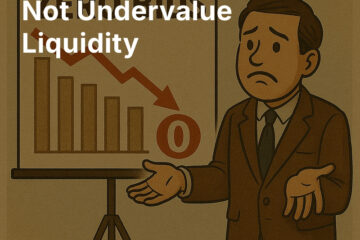Another week, another report of new market highs and apparent absurdities. Apple [NASDAQ: AAPL] alone, as of this writing, has exceeded the valuation of the entire Russell 2000 index. Truly, we live in interesting times.
As this note goes to press, a sharp drop in U.S. markets is showing that September/October seasonal volatility may unfold as it often does; of course, there are plenty of reasons for a correction, particularly uncertainty around the upcoming elections and the size and rapidity of the market’s move off March’s lows. The likelihood of correction notwithstanding, our longer-term positive thesis remains intact. Smart investors don’t buy the tops — they buy the dips.
The shift in Fed policy enunciated at the (virtual) Jackson Hole meeting set the stage for market confidence that ultra-low interest rate policy — and negative real rates — will continue indefinitely. This, more than anything else, is continuing to fuel the market’s appetite for high-growth names, lockdown beneficiaries, and digital transformation disruptors. We continue to be focused on these areas, although we are attentive to tactical opportunities that may arise in cyclical areas if the economic recovery proves faster than generally anticipated. Still, there does not seem to be evidence that any enduring rotation is underway.
Historical experience suggests that after such exuberance, corrections are likely, and there are plenty of catalysts out there. Corrections are not disasters. Since we believe that the world is well on the way to learning how to live with covid; that the economic turn from the bottom will be better than expected; and that the fiscal and monetary support are extraordinary; we would be buyers of the dips.
Since so many themes have gone to extremes, there are many calls for “mean reversion.” However, not all data series revert to their mean. Usually this is because we have not actually seen the wider context. The growth of horses used in freight hauling in the United States, for example, never reverted to its 19th-century mean after the development of the internal combustion engine. The growth in demand for freight services, however, is probably a highly mean-reverting series. So we are careful when we observe that a social, economic, or financial process has “gone too far, and has to revert to the mean.” Sometimes our data are part of a bigger picture, and we need to expand our analysis. The failure to account for technological change is often a key element in an incorrect call for mean reversion.
Is that happening with some of the extreme trends we see currently in markets? We are not sure — but we are watching closely.
Thanks for listening; we welcome your calls and questions.


